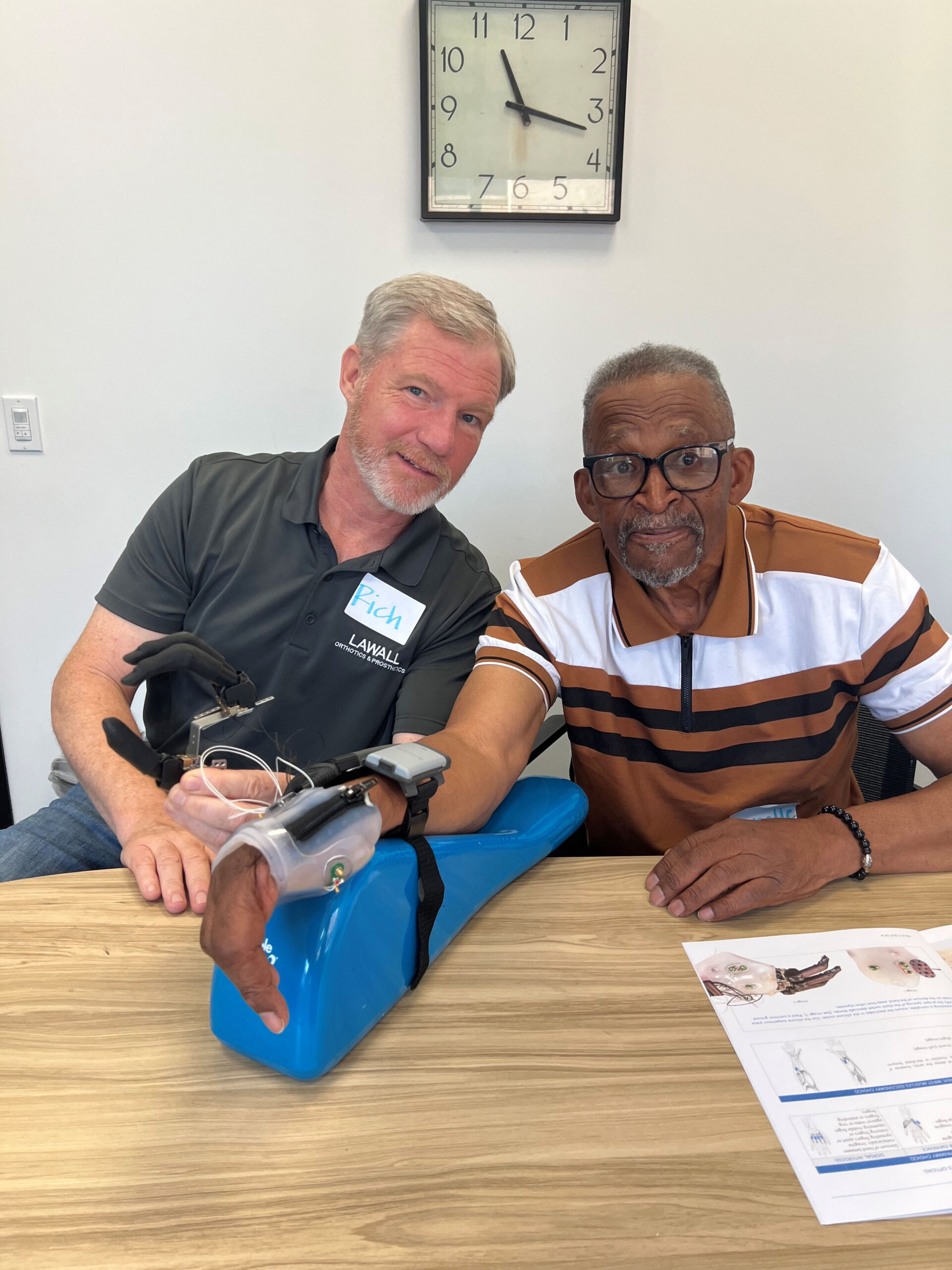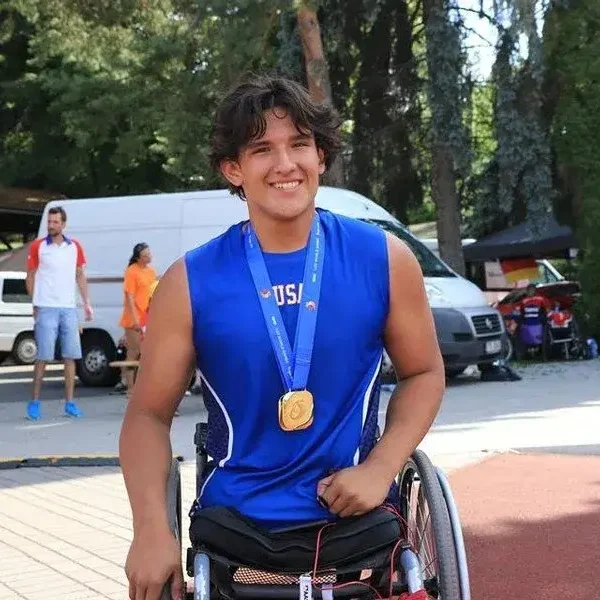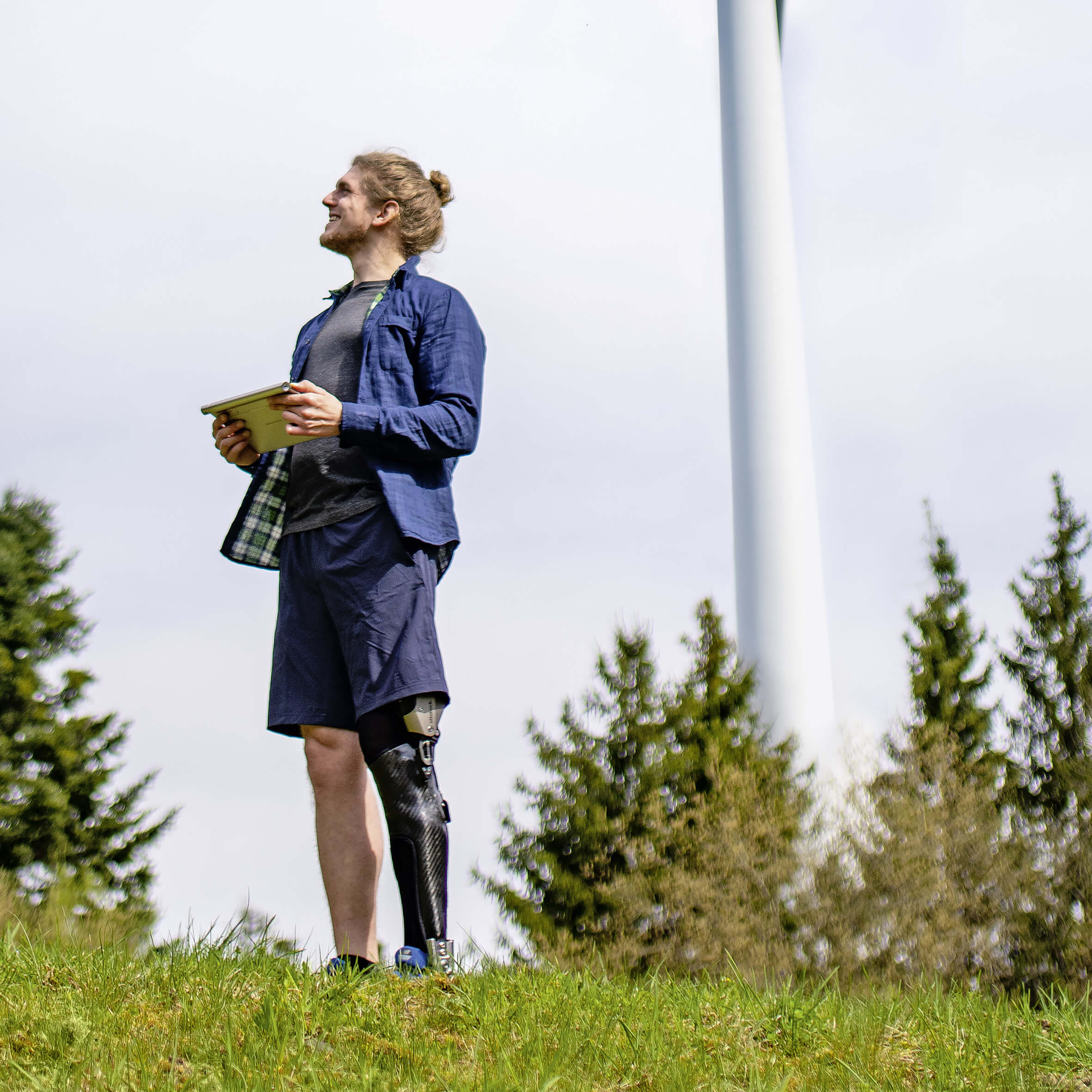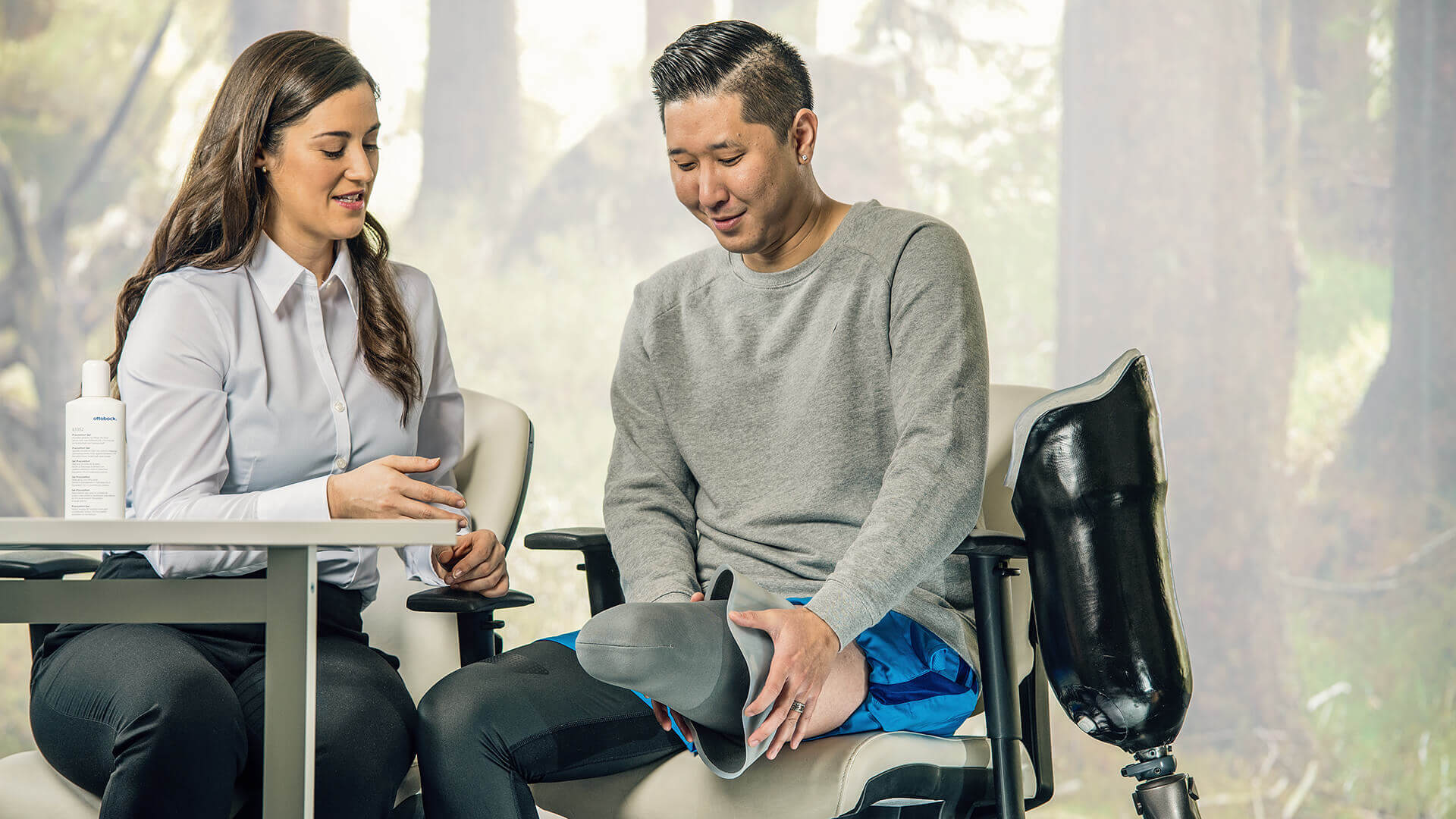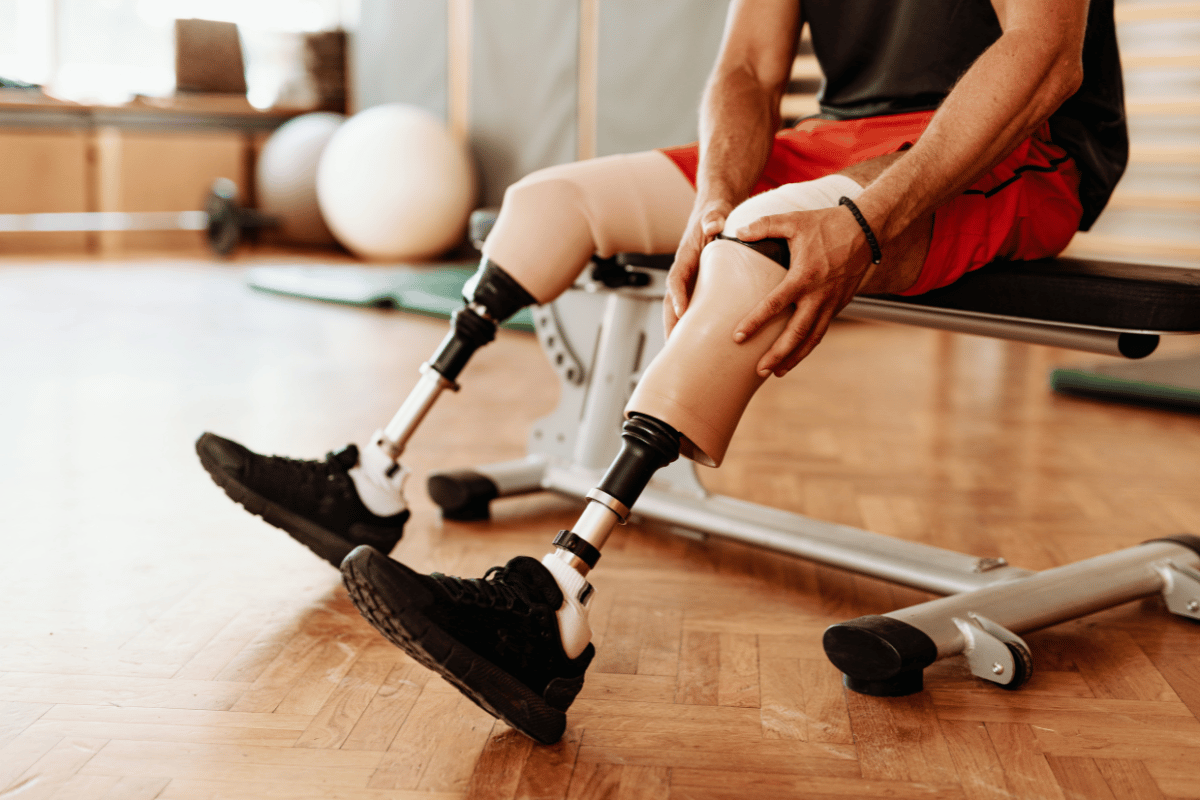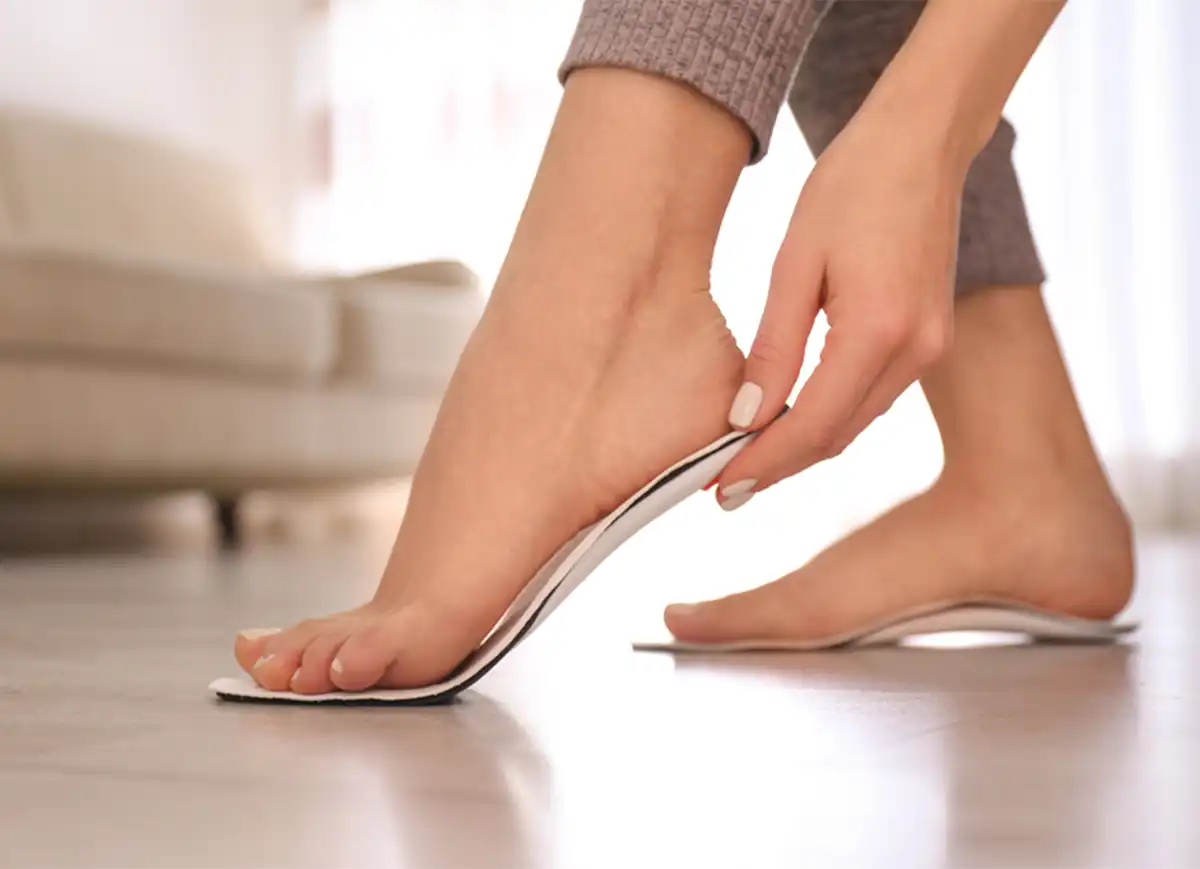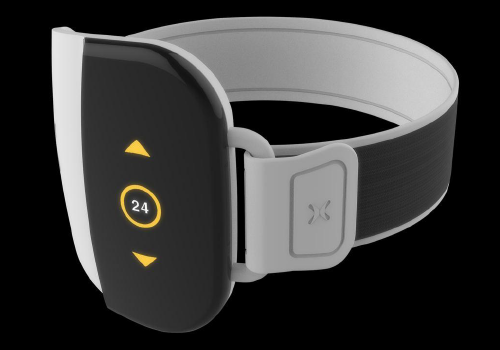Constantly pushing for self-improvement, he identifies his current personal challenge: “Last year everything I did was with my right hand. I wasn’t even 100% on that side! When I was playing really well with my right hand early this year, I decided to start playing with my left hand. I saw all the kids being guarded on their right side, so nobody could play or score. So, my goal this year was to be 50% ambidextrous.”
He has now learned to switch off and do some shooting with his left hand. “Learning to do things with my left hand a little better has actually been huge for me,” he reports.
Does he have other interests? He and his mother, Tulia Jimenez-Vergara, are both too busy for anything but sled hockey, he laughs. “She works two jobs, as a teacher and also an administrator for an organization in Trenton— and you’d never expect her to be like a hockey mom, but she’s SO invested in the game she can’t stay seated—she loses it. I love it!”
A June 10, 2018, graduate of Lawrenceville, New Jersey’s Notre Dame High School, not far from his home in Ewing Township, Miguel shares ambitious plans for advancing the awareness and enjoyment of sled hockey. He’ll be attending the University of Arizona this fall on a track scholarship, and has already entered into preliminary discussions with the coaches.
“I’m on a mission to help them start a hockey program. It’s one of the biggest schools in the U.S. for people with disabilities, and the coach told me they’ve been trying to start a sled hockey program for years, but never had enough people interested.”
With a reported 160 disabled athletes registered, the University has a sizable pool of potential candidates, and Miguel points out that he only needs eight people to start a small club team, plus a couple of grants to fund equipment costs, so he’ll be fiercely focused on recruitment in the immediate future, as he begins his freshman year at Arizona.
His crusading spirit, energy, and zeal make him an ideal trail blazer—not just for sled hockey, but for the advancement of organized disabled sports in general—and his ambitions are nationwide in scope:
“As the team gets a little bigger, we’ll start going to tournaments and national championships; right now it’s just about getting a little bit of funding, getting some sleds, getting more players interested. But if I could bring other people (to the University of Arizona) who are really good at hockey and really good at track, I could help build both programs.
“As my school grows, I can go somewhere else and try to build their program. My dream is that by the time I’m 90 and not really able to do sports anymore, I can look at the U.S and say we have a collegiate league for disabled sports—because right now, we don’t.”
He points out that out of 4,140 colleges and universities in the U.S., only three have a track program, and only one, in New Hampshire, has a hockey team for the disabled. “That’s really interesting, because there are so many disabled people in the U.S.—especially young people and veterans,” Miguel observes.
Maybe, with Miguel actively on the case, that situation will change soon!
Although Miguel burst onto the sled hockey scene like a supernova, and is an up-and coming superstar in the Paralympic world right now, by all accounts, Jeremy at 13 is already a force to be reckoned with, continuing to hone skills and strengths beyond his years. They inspire his teammates and have already impressed the Paralympic selection crew.
“He’s too young to make the team now, but by the next Olympics, in 2022, he’ll be 17, and he’ll get a real look-at then, to be on the team. He’s very good!” Cave concurs.
With Miguel shaking things up nationally, and Jeremy keeping the pressure on his team here at home, it looks like the Hammerheads—and the sport of sled hockey—face an exciting future!
* Sled hockey is a great form of exercise and fitness. It increases strength and coordination and also conditions the upper body. The balance used to propel, play the puck, and turn and stop gives arms, back and abdominal muscles a workout. Those who play regularly quickly notice an increase in overall strength and balance both on and off the ice.
(According to Disabled Sports USA https://www.disabledsportsusa.org/sport/sled-hockey/
